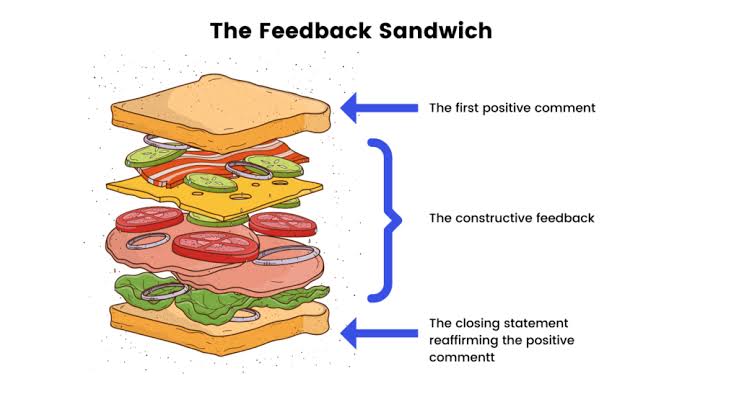You’ve probably had your fair share of constructive criticism right?
Ugh it’s one of those bittersweet things that are just super hard to deal with. But as much as it sucks, it’s also important to get comfortable with offering and receiving practical criticism.
As important as it is to read our own work and evaluate it for ourselves, it is equally important to criticise other people’s work in order to learn from it.
Now since it involves the critic to examine something from different perspectives, it’s fair to say that constructive criticism is a step above criticism.
But how do we criticise someone without lowering their morale and confidence?
This is where the “P.I.Q” format comes in. You’ll begin by stating positive things you noticed, then state any improvements, and finish by asking any clarifying questions you had about the piece.
At times, this strategy is also known as a “Sandwich strategy”.

Think about it! You wouldn’t want the flavour of mayonnaise to override the flavour of the chicken now would you? Of course not!
Well the same can be said for constructive criticism. Try to balance your positive feedback, suggestions for improvement, and questions so that the creator has equal balance of all your criticism.
Also so that they don’t hate you…
Now let’s talk about how to take criticism. That’s right. It’s a give and take situation my friend. Listen up. It’s just as important as providing it.
While providing constructive criticism is making a sandwich, taking it would be eating it. Instead of analysing anything, you should reflect on it and strive to have an open mind while considering another person’s viewpoint.
All in all, constructive criticism is an important part of the creative process. For some, it’s a learning curve because they’re not used to it, but as with anything else in life, practise makes perfect.

